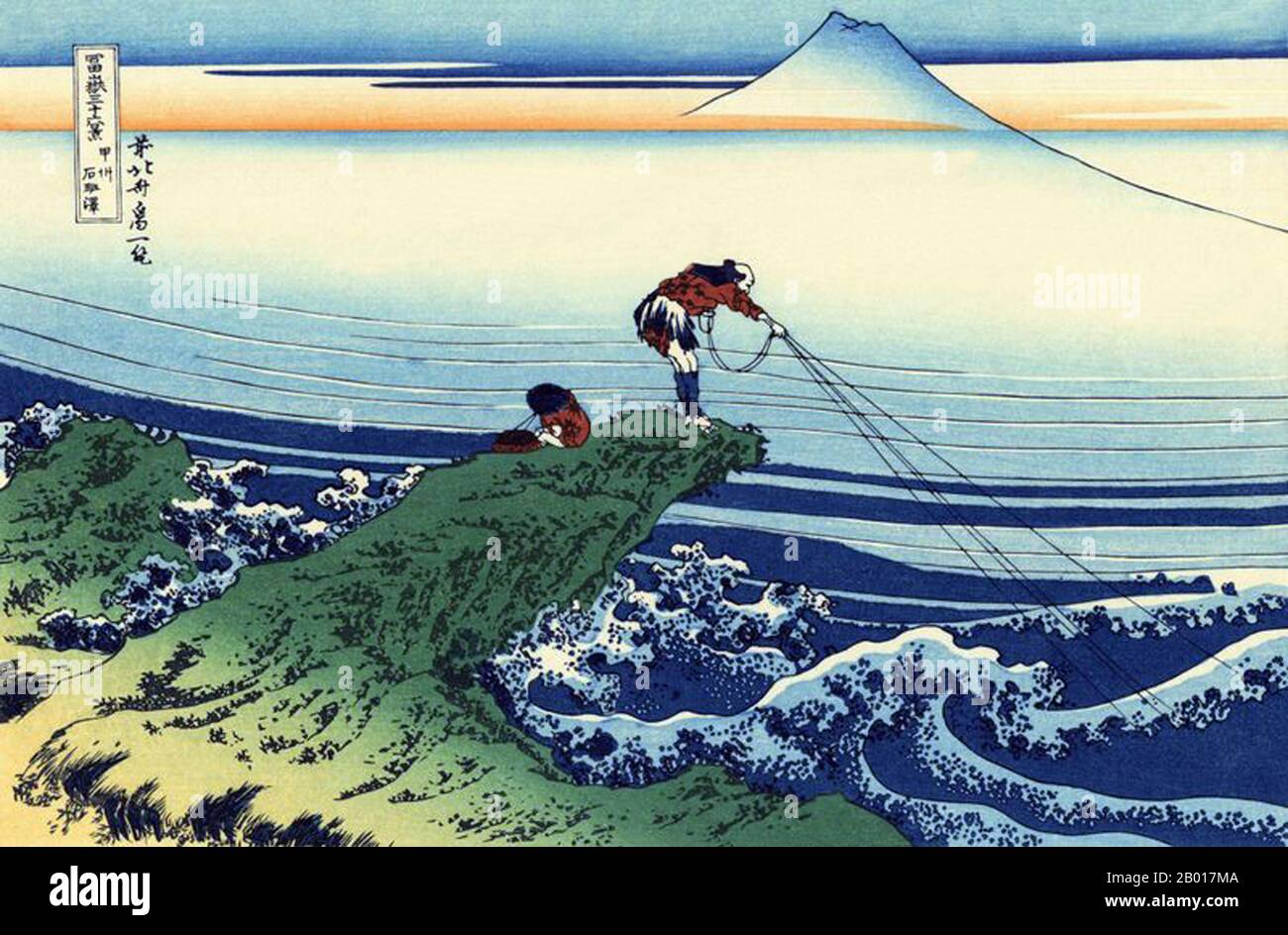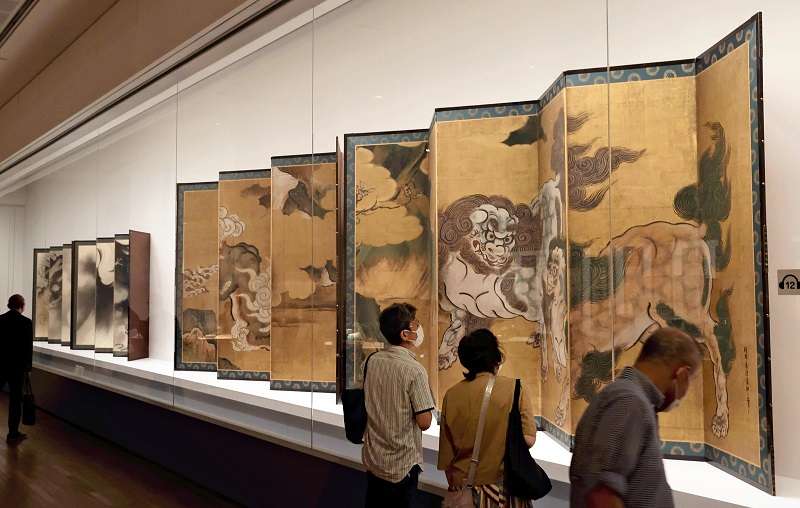Japanese Art
Japanese art is a rich and diverse world that combines traditional techniques with modern ideas. From ancient calligraphy and woodblock prints to modern manga and digital art, Japanese art covers a wide range of styles and themes.
One of the core values of Japanese art is a deep respect for nature. This is reflected in traditional ink paintings, which use simple brushstrokes to capture the beauty of landscapes and evoke a sense of calm. The art of flower arranging, or ikebana, is another example of this connection to nature, as each arrangement reflects the changing seasons and the fleeting nature of life.
Japanese art is also known for its attention to detail and craftsmanship. The traditional tea ceremony, or sadō, is a great example of this, where every movement and utensil is carefully considered to create a sense of harmony and balance. This attention to detail is also seen in traditional textiles like kimonos and ceramics like raku ware and porcelain.
But Japanese art isn't just about tradition - it's also constantly evolving and incorporating new ideas and influences. In the world of contemporary art, Japanese artists are pushing the boundaries of what's possible, exploring themes like identity, technology, and globalization. From the surreal sculptures of Yayoi Kusama to the innovative installations of Takashi Murakami, Japanese contemporary art reflects a society that's constantly changing and adapting while still holding onto its cultural heritage.


